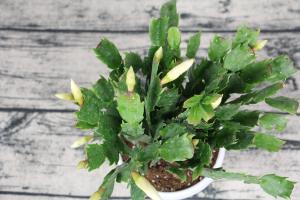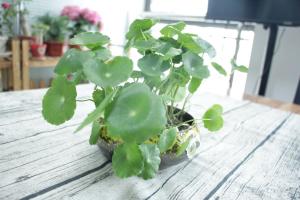Why Plant Mint Near Tomatoes
Tomatoes are one of the most popular vegetables to grow in a garden. They are relatively easy to grow and are great for beginners. However, tomatoes are also prone to pests and diseases, which can be devastating to your crop. One way to combat these issues is by planting mint near your tomatoes. Mint is a natural pest repellent and can help keep your tomatoes healthy and thriving. Here are a few reasons why you should consider planting mint near your tomatoes.
Natural Pest Repellent
Mint is a natural pest repellent and can help keep pests away from your tomatoes. Mint has a strong smell that insects do not like, especially ants and aphids. These pests can cause damage to your tomatoes by eating the leaves and stems. By planting mint near your tomatoes, you are creating a barrier that pests are less likely to cross. This can help keep your tomato plants healthy and free from damage.
Companion Planting
Companion planting is the practice of planting certain plants together to benefit each other. Mint is a great companion plant for tomatoes because it can help repel pests and attract beneficial insects. Some beneficial insects, such as bees and ladybugs, are attracted to mint flowers. These insects can help pollinate your tomatoes and eat other pests that may be harmful to your crop. Planting mint near your tomatoes can create a balance in your garden ecosystem, which can help your plants thrive.
Improves Soil Quality
Mint is a great plant for improving soil quality. Mint roots can break up compacted soil and improve drainage. Mint also adds nutrients to the soil as it decomposes. This can help improve the health of your tomato plants and promote strong growth. Planting mint near your tomatoes can also help prevent soil-borne diseases by reducing soil compaction and improving drainage.
How to Plant Mint Near Tomatoes
Planting mint near tomatoes is easy. You can plant mint directly in the ground around your tomato plants or in a container. Mint tends to spread quickly, so it is best to plant it in a container if you want to control its growth. When planting mint, make sure to keep it at least 12 inches away from your tomato plants to ensure that the mint does not compete with the tomatoes for nutrients. Mint prefers well-draining soil and partial shade, so be sure to plant it in a spot that meets these requirements.
Conclusion
Mint is a natural pest repellent and a great companion plant for tomatoes. Planting mint near your tomatoes can help repel pests, attract beneficial insects, improve soil quality, and promote healthy growth. Whether you are a beginner or an experienced gardener, consider planting mint near your tomatoes to help create a healthy and thriving garden ecosystem.

 how many times do yo...
how many times do yo... how many planted tre...
how many planted tre... how many pine trees ...
how many pine trees ... how many pecan trees...
how many pecan trees... how many plants comp...
how many plants comp... how many plants can ...
how many plants can ... how many plants and ...
how many plants and ... how many pepper plan...
how many pepper plan...






























